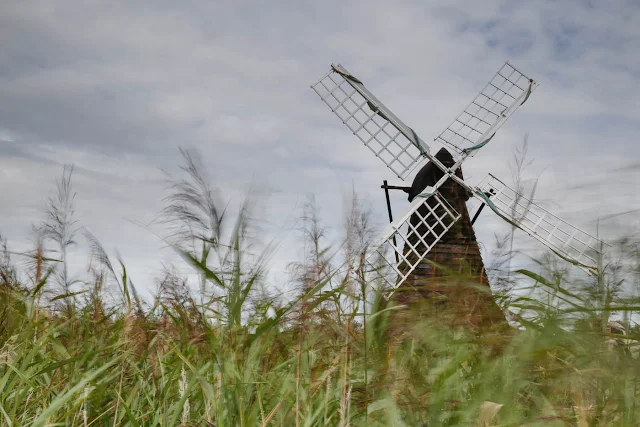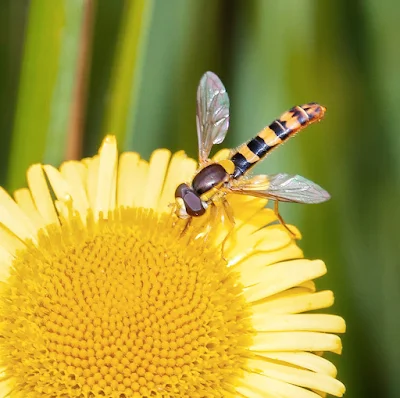Thank you Ann for identifying yesterday's specimen. I was fascinated to look up Rose Sawfly -
Arge.pagana and go back to the rose bush to look for more evidence of the life cycle. I now know why the larvae, not caterpillars, wave the lower segment of the body as when disturbed, they adopt an S-shaped pose, often raising their rear ends and waving them about! The eggs hatch into larvae that resemble moth caterpillars, although they have more pairs of 'pro-legs' on their abdominal segments. The larvae usually feed in groups on leaves and fruit of plants and I certainly found more evidence of this today. In the shot below the stem shows remains of the egg stage on the stem. The Sawfly is so named because it uses the saw-like appearance of the ovipositor to cut into the stem. I will be looking out for the perfect insect which is usually formed in the first part of August, the pupal stage is very short and maybe that is why I could find any. However, I don't have a trained eye!
 |
| Scar on the shoot of rose after the deposit of eggs |







































